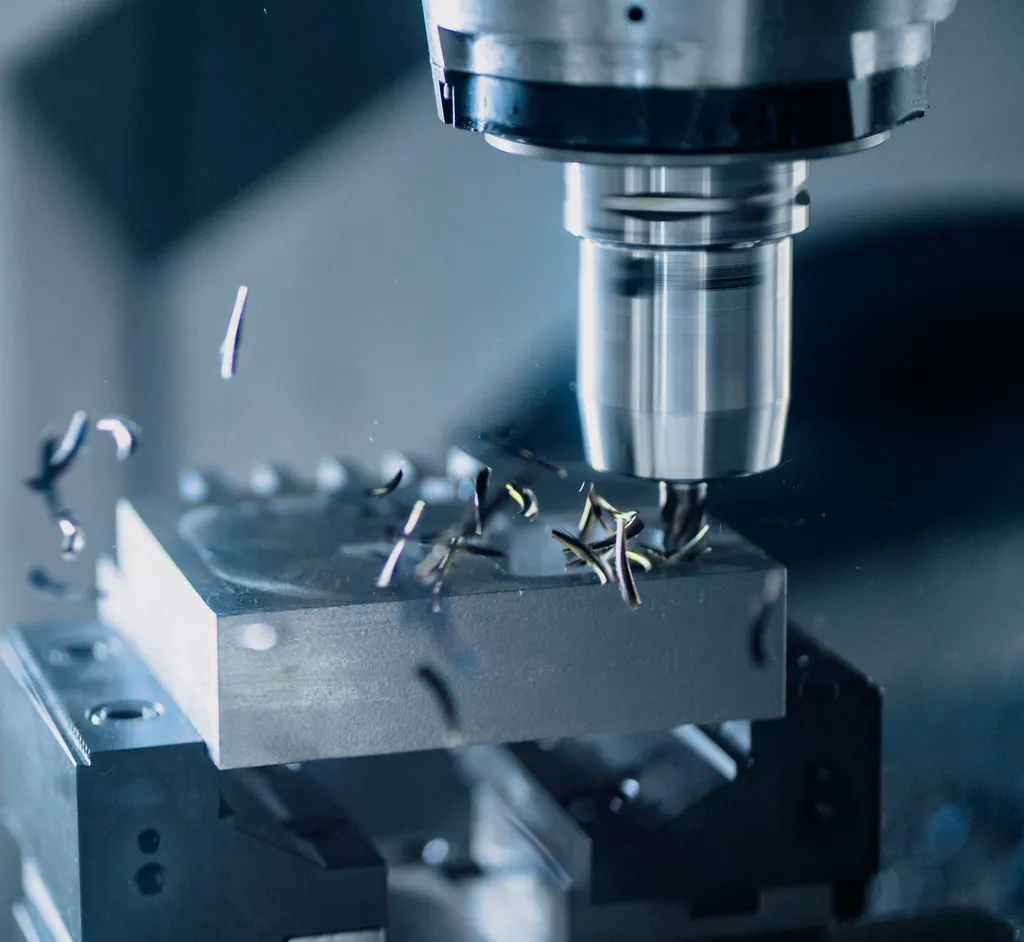In the world of precision machining, the hum of a milling machine is a familiar soundtrack, but the vibrations that accompany it can be a significant challenge. These vibrations, if not properly managed, can lead to tool wear, reduced accuracy, and even tool failure. A recent study published in the journal *Frontiers in Materials and Technologies* (translated from Russian) tackles this issue head-on, offering a novel approach to predicting and avoiding resonant vibrations in end mills used on vertical milling centers.
Led by Roman D. Voronov of Togliatti State University in Russia, the research focuses on the rigidity and frequency response of end mills, aiming to prevent early tool elimination due to resonant vibrations. The study combines experimental data with mathematical modeling to provide a comprehensive understanding of the mill’s behavior under various conditions.
The team’s findings are particularly relevant to industries where precision machining is critical, such as the energy sector. “By understanding the natural frequencies and vibration modes of the mill, we can avoid resonance phenomena, which is crucial for maintaining the integrity of the tool and the quality of the machined surface,” Voronov explains.
The study presents a finite element mathematical model that includes the mill, the gripping collet, and the collet chuck attachment. This model accurately describes the static rigidity of the mill with an error of just 2.2% and predicts the position of its natural frequencies on the spectrum with about 7% error relative to experimental results. The first two vibration modes, identified at 80 and 112 Hz, are highlighted as the most critical due to their amplitude and shape.
To improve the accuracy of the frequency analysis, the researchers introduced a correction factor, Kk1=0.9, which accounts for the lower rigidity of a real mill compared to an idealized mathematical model. This adjustment improved the convergence of the results to 2.5%, enhancing the reliability of the predictions.
The implications of this research are significant. By providing reliable data on frequency zones of instability, the study offers a practical tool for avoiding resonance phenomena in real-world applications. Voronov envisions a future where neural network models, trained on such data, can predict tool response under specific processing conditions and even help select the optimal tool geometry for specific tasks.
For the energy sector, where precision and reliability are paramount, this research could lead to more efficient machining processes, reduced tool wear, and improved product quality. As Voronov notes, “This technique not only enhances our understanding of tool behavior but also paves the way for smarter, more adaptive machining strategies.”
The study, published in *Frontiers in Materials and Technologies*, represents a significant step forward in the field of precision machining. By bridging the gap between theoretical modeling and practical application, it offers valuable insights that could shape the future of the industry. As the energy sector continues to demand higher precision and efficiency, such advancements become increasingly vital, driving innovation and progress in the field.

